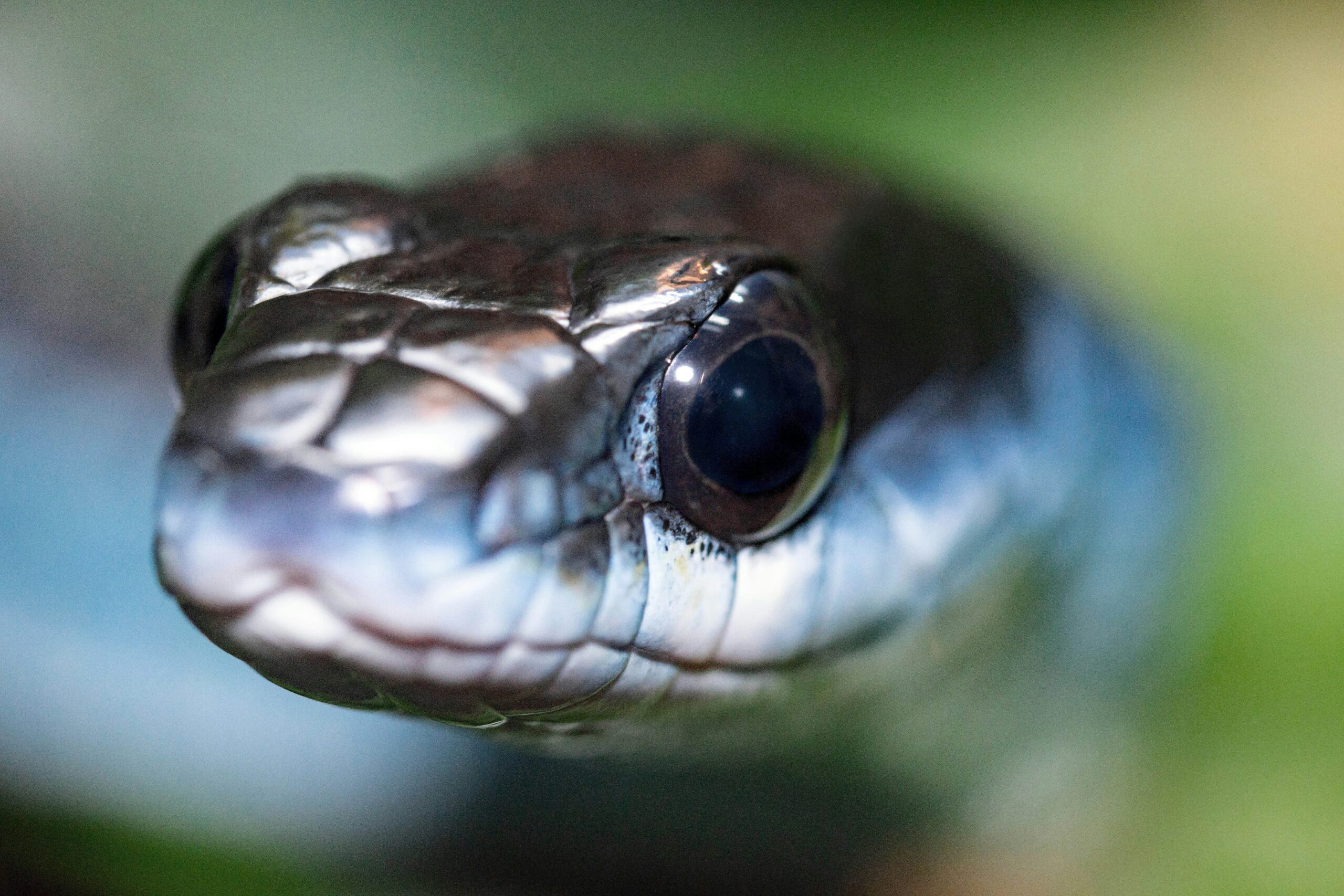More about herping
Herping 101
Learn more
What is herping?
Herping, derived from the word “herpetology,” is the passionate pursuit of studying and observing reptiles and amphibians in their natural environments. This captivating hobby involves exploring a wide array of ecosystems, from lush rainforests to arid deserts, armed with essential resources such as durable boots, field guides, and sometimes specialized equipment like snake hooks or amphibian nets. With a blend of patience, perseverance, and a keen eye for detail, herpers immerse themselves in the diverse habitats where snakes, lizards, frogs, and salamanders thrive, contributing valuable insights to scientific understanding while fostering a profound connection with the intricate wonders of nature.
18,000+
Amphibians and Reptiles
Scientists estimate that there are approximately 8,000 different species of amphibians and 10,000 different species of reptiles.
Several
Tours Around the World
Herping tours may be organized by various companies, organizations, and individuals in different regions, offering opportunities to explore diverse ecosystems and observe reptiles and amphibians in their natural habitats.
3,900+
Snake Species
There are remarkable diversity of sizes, shapes, colors, of serpents. Ranging from tiny threadsnakes to massive pythons and anacondas.
Herping
Connecting People with Wildlife
Herpetology
Environmental Effects
As herpers document species distributions, behaviors, and population trends through captivating photographs and meticulous observation, they contribute invaluable data that informs conservation strategies and management decisions. Moreover, herping fosters a profound connection with nature, inspiring awe and appreciation for the intricate wonders of biodiversity. Through education, outreach, and advocacy, herpers champion the importance of preserving habitats and protecting wildlife. By capturing stunning images amidst lush forests, serene wetlands, and rugged landscapes, herpers not only enrich our understanding of the natural world but also empower individuals to actively engage in conservation efforts, ensuring a sustainable future for both wildlife and ecosystems.
Education and Outreach
Herping provides opportunities for education and outreach about reptiles, amphibians, and their habitats. Many herpers engage in outreach activities, such as giving presentations, leading nature walks, or participating in community events, to raise awareness about conservation issues.
Habitat Preservation
Herping often involves exploring natural habitats, which raises awareness about the importance of preserving these areas. Many herpers advocate for habitat conservation and work to protect critical habitats for reptiles and amphibians.
Biodiversity Monitoring
Herping contributes to biodiversity monitoring efforts by providing data on reptile and amphibian populations in various habitats. This data is crucial for assessing the health of ecosystems and identifying areas in need of conservation attention.
Tour Guides


